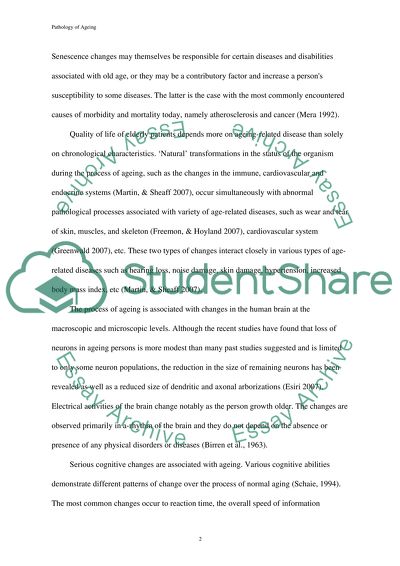Cite this document
(“Pathology of Ageing Essay Example | Topics and Well Written Essays - 1000 words”, n.d.)
Retrieved de https://studentshare.org/miscellaneous/1512874-pathology-of-ageing
Retrieved de https://studentshare.org/miscellaneous/1512874-pathology-of-ageing
(Pathology of Ageing Essay Example | Topics and Well Written Essays - 1000 Words)
https://studentshare.org/miscellaneous/1512874-pathology-of-ageing.
https://studentshare.org/miscellaneous/1512874-pathology-of-ageing.
“Pathology of Ageing Essay Example | Topics and Well Written Essays - 1000 Words”, n.d. https://studentshare.org/miscellaneous/1512874-pathology-of-ageing.


